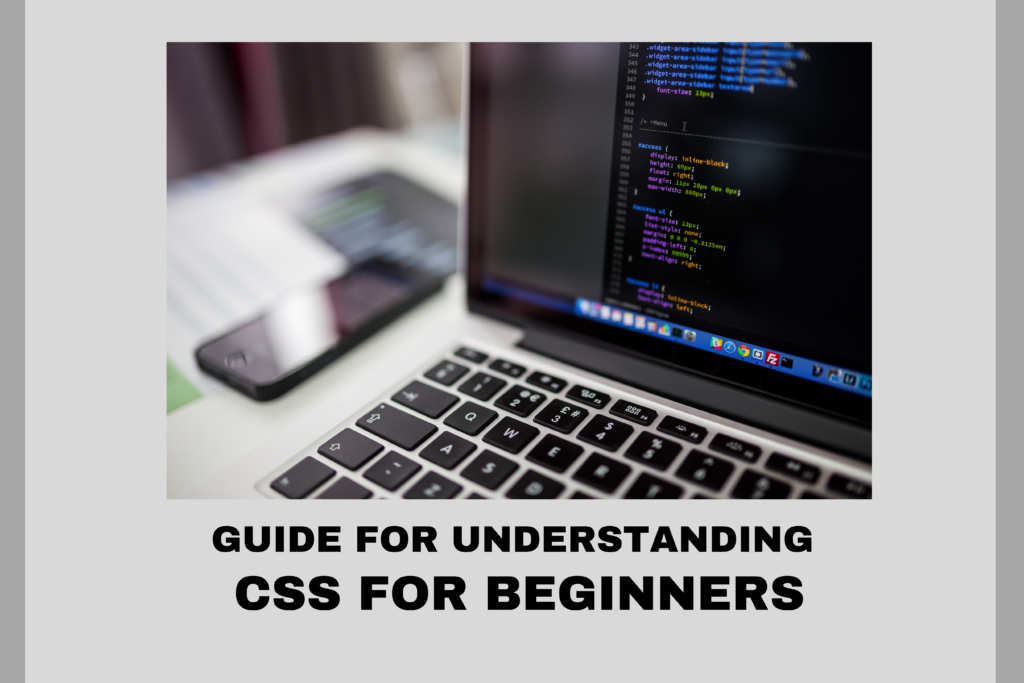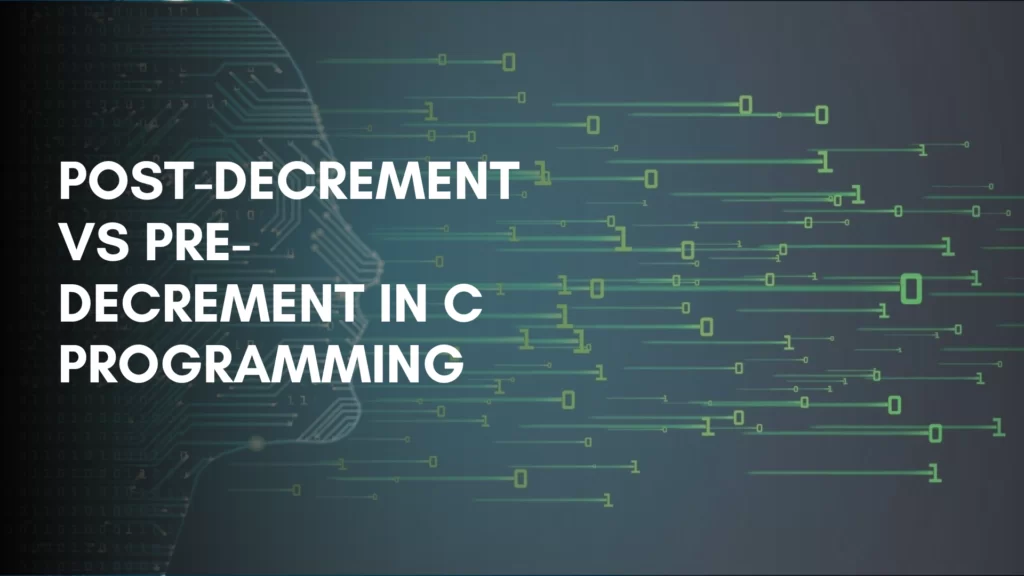Table of Contents
ToggleIntroduction
Greetings and welcome to our CSS course, where we will guide you through the process of understanding CSS (Cascading Style Sheets). This post is meant to assist developers of all stripes in honing their CSS abilities as well as novices looking to get started. Let’s get going now!
A key component of web development, Cascading Style Sheets (CSS) are essential for determining how HTML texts are laid out and visually presented. To provide a consistent and visually appealing user experience across a range of devices and screen sizes, CSS gives web designers and developers the ability to modify a webpage’s appearance in several areas, such as colors, fonts, spacing, and positioning.
What Is CSS
The stylesheet language used to apply styles to an HTML document is called Cascading Style Sheets, or CSS. It specifies how web pages should display HTML components.
- Cascading Style Sheets can be shortened to CSS.
- The CSS specifies how HTML elements should appear on a screen, in print, or other media.
- CSS greatly reduces effort. It is capable of simultaneously managing the design of several web pages.
- In CSS files, external stylesheets are kept.
Hakon Wium Lie first proposed CSS in 1994. Lie and Bert Bos then worked on it, publishing the CSS1 specification in 1996.
- The goal of using CSS is to improve the presentation of online pages.
- Web developers can manipulate how websites look visually with CSS.

How CSS Works With HTML
HTML (Hypertext Markup Language) and CSS (Cascading Style Sheets) work together to manage the visual presentation and layout of online pages. This is how CSS and HTML communicate:
1. Separation Of Concerns:
- A web page’s content is organized using HTML, which defines components including headings, paragraphs, lists, images, and more.
- These HTML components are styled and formatted by CSS, which controls things like layout, borders, colors, fonts, and spacing.
2. Selectors And Declarations:
- CSS selectors apply styling to particular HTML elements.
- CSS declarations specify the style to be applied to the chosen elements through a property and a value.
- To select all <h1> elements, for instance, and set their text color to blue, use h1 { color: blue; }.
3. Specificity And Cascading:
- Multiple styles can be applied to an element using CSS, and they will cascade down in a predetermined order.
- When conflicting styles are applied to the same element, specificity establishes which style is applied first. Less specific selectors are overridden by higher-quality ones.
In conclusion, CSS improves how HTML material is presented by enabling web developers to style and format websites in accordance with user preferences and design specifications. Developers may design visually appealing and well-structured websites by knowing how CSS interacts with HTML.
Basic CSS Example
CSS offers three methods for styling HTML:
- Inline: Directly apply styles to HTML elements (usage limited).
- Internal: Use a <style> tag to include styles inside the HTML file.
- External: Link your HTML file to a different CSS file (.CSS).
These are just a few simple illustrations of CSS styles that you can apply to HTML components to improve the way your page looks. To create the ideal design, you can further edit and combine various designs.
Web developers must grasp the fundamentals of CSS to produce visually appealing and well-organized websites. We’ve looked at a few basic CSS examples in this blog article that beginners can use to decorate their web pages. Gaining an understanding of these fundamentals can help you create stunning and useful web designs.
Beginner’s Guide To CSS
Required conditions: You should be familiar with beginner-level HTML before you begin. Let’s begin learning CSS now!

This beginner’s tutorial on CSS will help you gain a thorough understanding of the language and how to style web pages using it. You will become adept in designing stunning and responsive website designs with practice and experimentation. Have fun with coding!
An Overview Of Modern CSS:
A wide range of features, methods, and best practices are included in modern CSS, enabling web developers to build visually appealing, responsive, and user-friendly websites.
Developers may design aesthetically beautiful and highly functional websites that satisfy the needs of modern consumers and devices by utilizing these contemporary CSS capabilities and strategies.
CSS Essentials
Whether you’re a beginner web developer or an experienced developer, you need to understand the fundamentals of CSS. Let’s examine several important CSS ideas.
CSS Styling Methods
The presentation of HTML components on a web page is specified by CSS. It enhances your web page, adds animations, and sets the colors and locations of the HTML elements.
- CSS Fonts
- CSS Colors
- CSS Backgrounds
- CSS Borders
- Margin And Padding
- Height And Width
- CSS Grid
- CSS Flexbox
- CSS Images
- CSS Lists
- CSS Counters
- CSS Columns
- CSS Conditional Rules
- CSS Logical Properties
- CSS Math Functions
CSS Media Queries And Responsive Design
A website must be responsive and mobile-friendly when it is being developed. All the ideas that assist you in creating a responsive website are covered here.
- CSS Media Queries
- CSS Nesting Style Rules
- CSS Positioning
Advanced CSS Studies
Let’s use the Advanced CSS to go further. In 2024, build your modern web design and development skills and learn innovative stylistic approaches.
- CSS Transforms
- CSS Transitions
- CSS Animations
- CSS Variables
- CSS Properties
- CSS Functions
Why Take Learn CSS?
A vital component of any website is its style. By improving the website’s general design and standards, CSS facilitates user interaction.
It is possible to create a website without CSS, but styling is essential since no one wants to interact with a boring, unattractive website. Therefore, learning CSS is essential to understanding Web Development.
- You can construct visually appealing and user-friendly websites by using CSS to control the layout and appearance of web pages.
- You may use CSS to alter the way web elements look, which enhances the user experience by making websites more engaging and straightforward.
- All current web browsers support CSS, so your designs will look great everywhere.
- A broad range of web development career prospects are available to those with expertise in CSS.
Characteristics Of CSS
Here are a few of CSS’s main attributes:
- The way that HTML elements appear on screens is specified by CSS.
- The primary characteristic of CSS is its stylistic rules, which are applied to different components by the client browser after being processed.
- You can use CSS to control a wide range of effects, including text color, font style, spacing between elements, column sizing, and display variations for different devices and screen sizes.
Can a CSS element have more than one class?
Multiple classes can be provided to HTML elements by describing them in the class property and separating them with a blank space. If the identical property is specified in both rules, the issue is settled first by specificity and then by the CSS declaration order.
For what purposes is CSS used?
CSS (Cascading Style Sheets) can be used to style and layout web pages. You can add animations and other decorative elements, change the font, color, size, and spacing of your information, or divide it into numerous columns.
What kind of file is a CSS file?
The abbreviation CSS stands for Cascading Style Sheet. files containing the material. The contents of a related Web page are formatted using CSS file extensions.
How is the CSS id selector used?
A CSS ID selector picks one distinct element on a page by using the ID attribute of an HTML element. All you have to do to use an ID selector in CSS is type the element's ID followed by a hashtag (#). Next, enclose in brackets the style attributes you wish to apply to the element.
What does CSS font size mean?
The CSS property font-size determines the text's size. With the use of different units, such as pixels, percentages, or specified phrases, we can describe sizes. The font size is expressed in pixels using the unit pixels, which is also used to calculate the size of the picture.
Where is CSS defined?
A single HTML page's style is defined by an internal CSS. An HTML page's <head> section contains a <style> element that defines an internal CSS.








